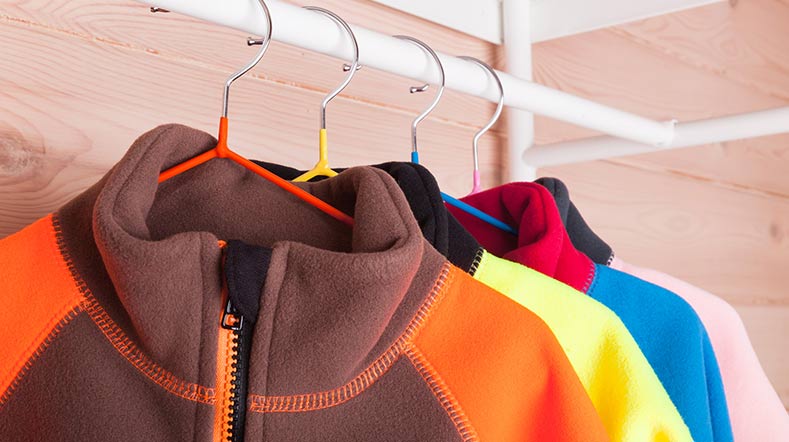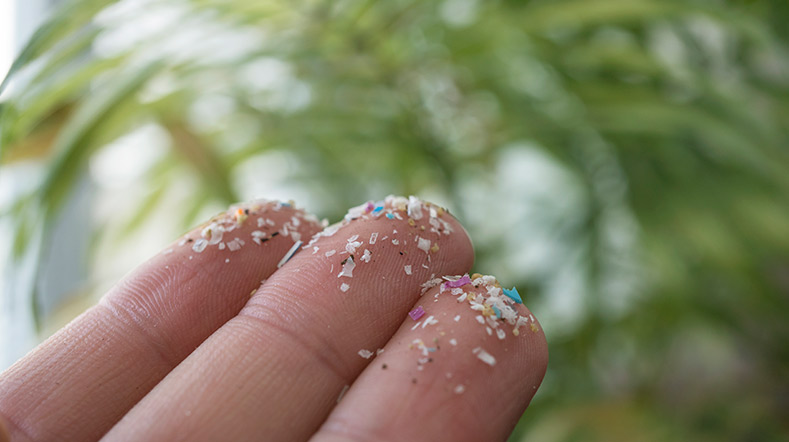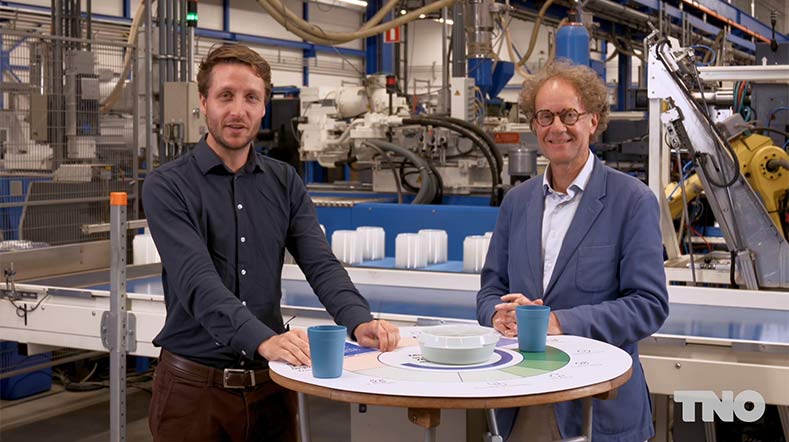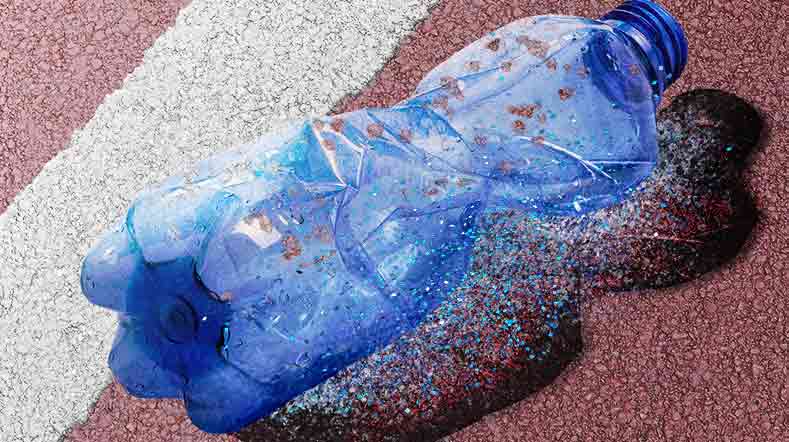
Time setters during the Ocean Race: a healthier world without microplastics
During The Ocean Race, top sport is combined with science. In 8 to 9 months, sailboats race around the world in a battle for first place in this challenging sailing competition. During the race, the boats arrive at the most remote spots in the ocean - providing unique opportunities for research. For example, the boats collect water samples that are used for the research of microplastics, among other things. What turns out? ‘The amount of microplastics is 18 times higher than the previous measurements from 2018’, says Stefan Raimund, science officer The Ocean Race.
Racing with Purpose
Between 11th and 15th June 2023, the Ocean Race visited The Hague. The motto of this edition of The Ocean Race is "Racing with Purpose". It focuses on the rapidly deteriorating state of the main element of this around-the-world sailing race: the ocean.
There is a science program that includes real-time microplastics measurements on board the participating Team Holcim, where samples are taken from the ocean.

Stefan Raimund, science officer of the Ocean Race, explains: There's a water inlet at the bottom of the boat. The compressor ensures that the water passes through three different-sized sieves. These sieves capture the microplastics and are replaced every day. Once in the harbour, they are sent to a laboratory for analysis.
"We see that the formation of microplastics is increasing. And since we do not yet know the health effect, this means we are releasing something into the environment that is potentially toxic."
Research on microplastics during the race
As TNO, we were present this year with our microplastics booth at the Ocean Live Park. Here, we showed visitors the main sources of microplastics, what microplastics can look like, and what can be done about them, as microplastics pose a potential danger.
"We're not sure what will happen if we do nothing, but we can see that plastic production is constantly increasing," said Andrea Brunner, microplastics project leader at TNO.
And because we don't know the health effect yet, it means that we're releasing something into the environment that may or may not be toxic – and then it will be too late.
So it's very important to do research on the health effects now, but also on the mitigation strategies. This way, we can make sure that the increase in production won't lead to an increase in microplastic formation.’
As The Ocean Race research also shows, microplastics are increasingly being found in nature around the world. Their potential harm can be enormous for both humans and nature.

This is our time to work on reducing microplastics
Therefore, this is our time to work towards a healthier world with less waste and fewer microplastics. TNO is making it possible, within ten years, to reuse half of the plastics we consume.
And in recent research we have shown that it is possible to reduce the amount of microplastics by as much as 70%.
At the Ocean Live Park, TNO is showing what the main sources of microplastics are, what microplastics can look like and what you can do about them. By doing so, TNO is providing the statistics with context and is making the issue of microplastics tangible.
Make your mark on our time
Do you want to make your mark on our time and make a difference for the climate?
Get inspired
Microplastics in clothing


New method also considers environmental impact of microplastics


Microplastics and packaging: reduction is achievable


Surprisingly, in addition to packaging, car tyres and agricultural plastic biggest sources of microplastics in the Netherlands


Microplastics



